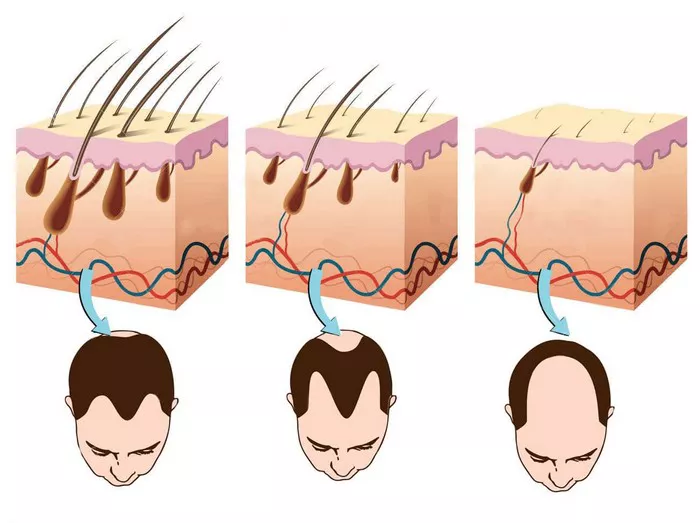Undergoing a hair transplant is a significant step towards regaining your hair and confidence. To enhance the success of your hair transplant and promote further hair growth, some individuals consider using products like Rogaine (minoxidil). However, knowing the right time to incorporate Rogaine into your post-transplant routine is essential. In this article, we’ll explore when you can start using Rogaine after a hair transplant, highlight the benefits of doing so, and provide guidance for individuals seeking to optimize their hair transplant results.
Recovery After Hair Transplant
After a hair transplant, recovery typically involves a few phases. The initial days may involve mild discomfort, swelling, and scabbing around the transplant area. Scabs usually fall off within a week. Within 2-3 weeks, the transplanted hair may shed, which is a normal part of the process. New hair growth begins in a few months, with noticeable results within 6-12 months. Following post-operative instructions is crucial to prevent infections and ensure proper healing. Avoiding strenuous activities, direct sunlight, and alcohol is advised during recovery. Each person’s recovery varies, but most can resume normal activities within a couple of weeks.
When can Rogaine be used after hair transplantation?
Rogaine (minoxidil) is commonly used to promote hair growth. After a hair transplant, it’s generally advisable to wait until the transplanted grafts have fully taken root, which is typically around 10 to 14 days post-surgery. However, it’s crucial to follow the guidance of your surgeon or medical professional, as individual recovery times can vary. They can provide personalized recommendations based on your specific procedure and progress. Once you receive the green light, you can incorporate Rogaine into your post-transplant care routine to potentially enhance the growth of both transplanted and existing hair.
Timing Considerations for Rogaine After a Hair Transplant:
Using Rogaine after a hair transplant requires careful consideration of the healing process and the state of your transplanted hair follicles.
1. Consult Your Surgeon:
Before introducing any new products, consult your hair transplant surgeon. They will provide personalized guidance based on your unique situation and the progress of your healing.
2. Post-Transplant Healing Phase:
Typically, hair transplant recipients should wait until their transplanted hair follicles have fully healed and established before introducing Rogaine. This period can range from a few weeks to a few months, depending on the individual and the transplant technique used.
Benefits of Using Rogaine After a Hair Transplant:
Incorporating Rogaine into your post-transplant care routine can offer several potential benefits:
1. Promoting Hair Growth:
Rogaine, containing minoxidil, is a topical solution known to promote hair growth. It can help stimulate hair follicles, encouraging the growth of new hair and enhancing the density of transplanted hair.
2. Complementing Transplant Results:
Rogaine can complement the results of your hair transplant by promoting hair growth in areas surrounding the transplanted grafts. This can lead to a more natural and uniform appearance.
3. Preventing Further Hair Loss:
Using Rogaine as a preventive measure can help minimize further hair loss in areas that haven’t been treated by the transplant.
See Also: The necessity of using Rogaine after hair transplantation
Conclusion: Maximizing Your Hair Transplant with Rogaine:
In conclusion, using Rogaine after a hair transplant can be a valuable step towards maximizing your transplant results and promoting overall hair growth. However, the timing of introducing Rogaine is critical to ensure the safety and effectiveness of the treatment. Always consult your hair transplant surgeon before adding any new products to your post-transplant care routine. By following their guidance and incorporating Rogaine with patience and consistency, you can potentially achieve fuller, healthier hair that boosts your confidence and self-esteem.


